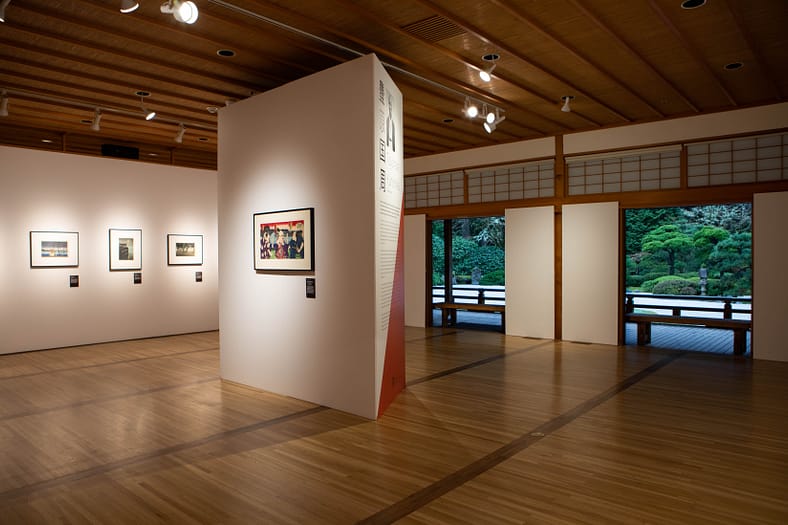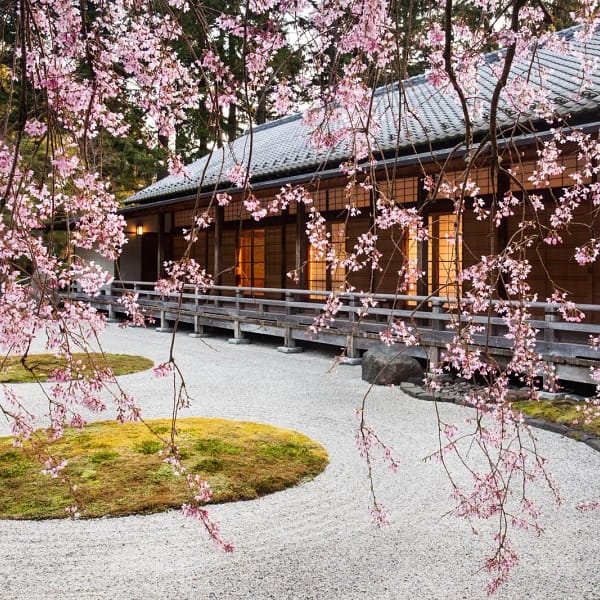Selection of Japanese Woodblock Prints from the Collection of Irwin Lavenberg

“Ukiyo-e to Shin Hanga: Changing Tastes in Japanese Woodblock Prints” illuminates the dramatic social, political, and economic shifts in Japanese culture between the mid-19th and early 20th centuries through a close look at two artists: Toyohara Kunichika (1835-1900) and Kawase Hasui (1883-1957).
Commercially produced woodblock ukiyo-e, “pictures of the floating world,” were immensely popular during the Edo period (1615-1868) through the first half of the Meiji period (1868-1912). In Kunichika’s prints, we see a celebration of vivid Japanese storytelling. He is one of the last great ukiyo-e masters and his career spanned the heyday of ukiyo-e until its demise towards the end of the 19th century.
As Japanese demand for traditional woodblock prints declined, the innovative print publisher, Watanabe Shōzaburō (1885-1962), sought to bring it back to life. Starting in 1906, as a publisher of woodblock reproductions, Watanabe took ukiyo-e’s business model to create a new type of woodblock print, aptly called shin hanga, or “new prints.”
Shin hanga portrayed traditional subject matter in a contemporary manner, its artists steeped in traditional Japanese and Western artistic styles. Of these artists, the most successful and prolific was Kawase Hasui, who specialized in landscape views.
Hasui masterfully designed evocative images of a classical, scenic Japan while deftly incorporating Western-inspired shading and perspective to appeal to a wider audience. His contemporary landscapes focused on quiet scenes capturing the seasons with the occasional solitary figure in harmony with the natural world.
As you wander among these prints, consider how ukiyo-e and shin hanga influenced the Western world’s growing interest in Japanese style and desire to create something akin – in art, in fashion, in design, and even in establishing Japanese gardens outside of Japan.
For the full exhibition overview, please see here.
To learn more about Toyohara Kunichika and Kawase Hasui, please see here.
Courtesy of the Irwin Lavenberg Collection of Japanese Prints
Exhibition Consultant: Lynn Katsumoto
For a behind-the-scenes tour, please see here:





